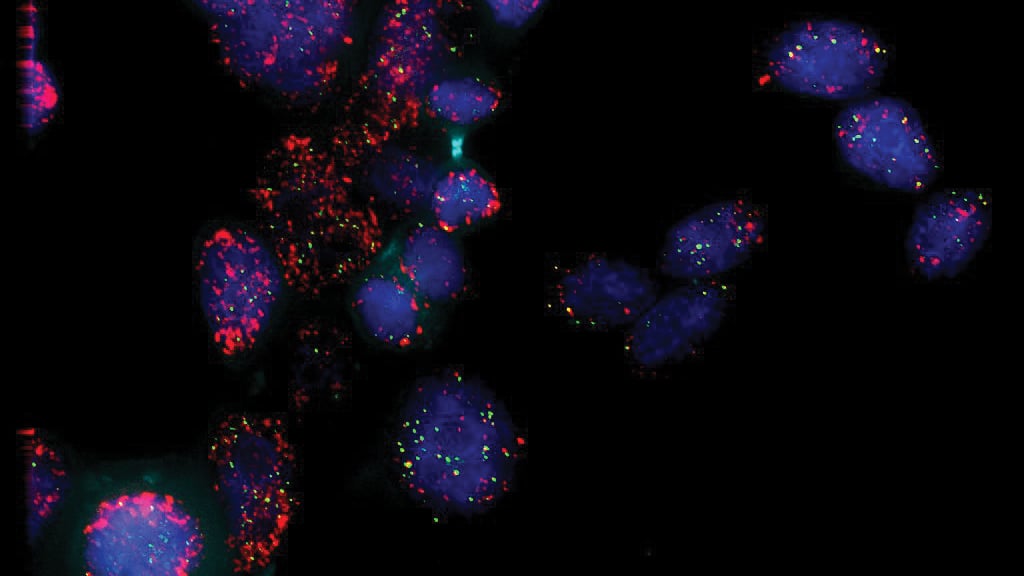Overservice, that is, serving alcohol to people who are observably intoxicated, is illegal in 48 states and contributes to alcohol-related problems like drunk driving and assaults. ‘Place of Last Drink’ is a strategy designed to deter alcohol establishments from overserving. As part of this strategy, when an alcohol-related crash or other problem occurs, first responders ask where the individuals involved had been drinking. This information was recorded and monitored to identify whether some establishments were frequently named as a place of last drink. Law enforcement can then communicate with the establishments that may be contributing to many of the alcohol-related problems in a community and potentially impose training or penalties.
Researchers sent actors into over 400 restaurants and bars in Minnesota, where overservice is illegal. Approximately half (204) of the restaurants were in jurisdictions using a Place of Last Drink (POLD) strategy, and the other half (192) were not. At each establishment, actors ordered a drink, exhibiting obvious signs of alcohol intoxication, such as slurred speech, fumbling, and disorientation.
The overtly intoxicated actors were served alcohol in 99 percent of the establishments in jurisdictions using a POLD strategy and in 97 percent of establishments that were in jurisdictions not using POLD. Among the few establishments where the actors were refused alcohol service, researchers found no common characteristics of the purchase attempts, such as time of day, crowdedness or noise level of the establishment, or age of the bartender.
Researchers evaluated the level of implementation of the POLD strategy in a separate part of the study. They found that most of the agencies responsible for the policies did not regularly communicate with alcohol establishments, and most of those that did follow up did not use punitive measures as a deterrent. More research is needed to determine whether the POLD strategy might be effective at a community level if implemented more fully across jurisdictions.
The researchers note that the timing of the study may have contributed to the findings. The study was conducted during the COVID pandemic and two years after the death of George Floyd in Minnesota, which may have shifted attention and resources away from POLD efforts. Additionally, during the pandemic, restaurants and bars faced staffing shortages and closures, and alcohol restrictions had been relaxed. The likelihood of overservice of alcohol was much higher than it was in the decades before the pandemic across all communities.
The study highlights the need for continued attention to the problem of overservice. Researchers recommend examination of whether a multi-component intervention, where Place of Last Drink strategies are supported by, for example, increased enforcement, a responsible beverage service training program, or a media campaign, might be effective.Does a place of last drink initiative affect the likelihood of alcohol sales to obviously intoxicated patrons?
T. Toomey, Traci, G. Mark, N. Scholz, D. Schriemer, E. Delehanty, K. Lenk, R. MacLehose, T. Nelson.
ACER-23-5918.R2


